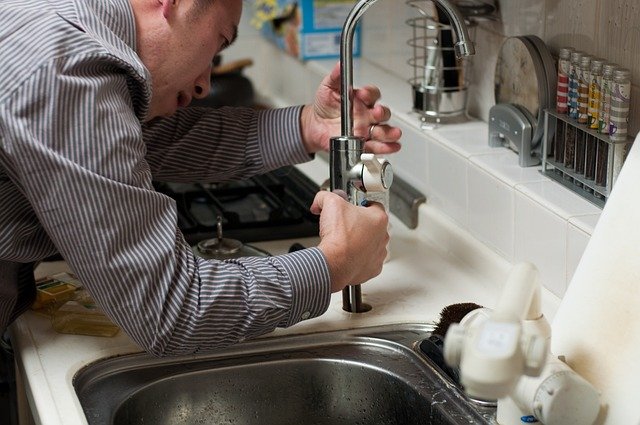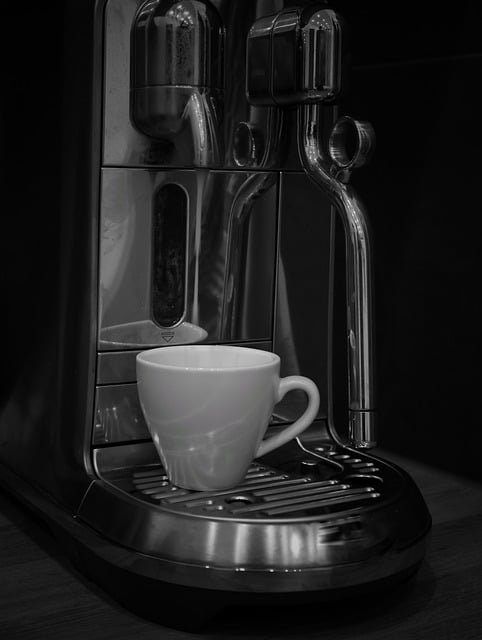Garbage Disposal: Installation, Use and Maintenance Guide
A garbage disposal (waste disposal unit) fits beneath a kitchen sink and grinds food waste so it can pass through household plumbing. This guide explains how these units work, what types are available, how to install and maintain them safely, and environmental considerations. The aim is to give clear, practical information for homeowners, renters and landlords in the UK considering a disposal unit or seeking to solve common issues.

How does a garbage disposal work?
A garbage disposal uses a grinding chamber and impellers (or a shredding ring in some models) to break food scraps into smaller particles. When the motor runs and cold water flows, the rotating elements push waste against a grind ring so water can carry the particles into the drain and onward to the sewer or treatment works. Units differ by motor power (measured in horsepower) and grinding mechanism; quieter, higher-powered units typically handle tougher waste more effectively. Correct use—running water while operating and avoiding non-food items—reduces blockages and extends lifespan.
Types and compatibility with sinks
There are mainly two types: continuous-feed and batch-feed units. Continuous-feed models run while the switch is on and are common in domestic kitchens; batch-feed units require a cover or bung to operate and are considered slightly safer since they only run with the cover in place. Compatibility depends on sink material, existing plumbing and available space under the sink. Stainless-steel sinks commonly accept disposals, but ceramic and certain composite sinks may need an adapter or professional assessment. Always check manufacturer specifications and ensure the sink mounting system matches the chosen unit.
Installation and local services
Installation can be a DIY project for someone comfortable with plumbing and electrical work, but many people prefer to hire local services for safety and warranty reasons. A typical installation involves removing the existing trap, fitting the disposal flange, connecting the unit to the sink and waste pipe, and wiring or plugging the motor into a suitable supply. Building regulations may apply for electrical connections in some areas, and a registered electrician can advise. When arranging local services, ask about experience with waste disposal units, guarantees and whether they handle adjustments to existing drainage.
Safe use and what not to put in it
To reduce faults and protect plumbing, avoid putting grease, fats or large amounts of fibrous material (like celery, onion skins or corn husks) into the disposal. Bones, coffee grounds in large quantities, eggshells and non-food items such as plastic, glass or metal should also be excluded. Always run a steady stream of cold water while the unit operates, and allow it to run briefly after grinding to flush particles through. If the unit jams, disconnect power before attempting a reset or manual clearing. Following safety instructions reduces the risk of injury and damage.
Maintenance and troubleshooting
Regular maintenance includes running cold water during use, occasionally grinding small amounts of citrus peels for freshening, and checking for leaks or unusual noises. If a disposal hums but does not grind, it may be jammed—most units have a manual reset button and an access point for freeing impellers safely with the recommended tool. Persistent leaks, overheating, or electrical faults usually require a service visit or replacement. Periodic inspection of the mounting assembly, discharge connections and rubber seals will help spot wear early and prevent more extensive repairs.
Environmental and disposal considerations
Food waste management practices vary across the UK. Some local authorities encourage home composting or provide separate food-waste collections, which can be preferable to sending organic matter to sewage treatment. Using a garbage disposal increases the organic load entering the sewer and treatment works; modern wastewater systems are designed to handle this but impacts depend on local infrastructure. When replacing an old unit, check manufacturer guidance for recycling or disposal of the appliance and consider models that advertise lower noise and energy consumption. Evaluate local services and municipal guidance to determine the environmental balance for your area.
Conclusion
A garbage disposal can be a practical addition to a kitchen when installed and used correctly, but it requires sensible habits and maintenance to function well. Assess sink compatibility, follow safety guidance on what to grind, and consult local services or a qualified tradesperson for installation or persistent issues. Considering local waste-management practices will help decide whether a disposal unit suits your household and environment.






